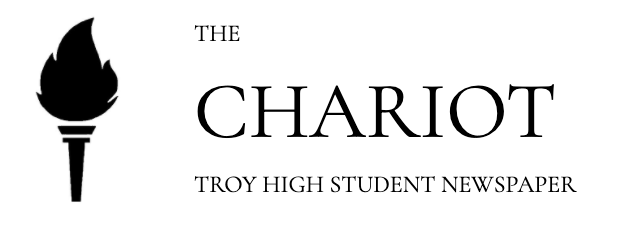The Baked Bean Chronicles
The history of baked beans, the classic canned side dish, might not be what you predicted.
Baked beans, a staple at summer barbecues and picnics across the United States, might come across as a dish that originated from the countries that colonized the land. The dish shares many similarities with the southern French cassoulet and is half of the English staple “beans on toast,” but it didn’t start there. The history of baked beans can instead be tracked back to the indigenous peoples of America.
While little is known about how the dish evolved within indigenous communities, the end product was something very similar to the mass-produced beans consumed today. To create the dish, native people would combine mixed beans, maple syrup and bear or venison fat in an earthenware pot. This pot would then be placed into a “bean hole” lined with hot rocks and slowly cooked for an extended period of time. The result was beans infused with the flavor of the sauce created. It was highly valued in these communities because of the large amount of protein and calories it provided.
When European colonists first discovered the indigenous peoples’ baked beans, they took to them immediately. Some historians speculate that it reminded them of similar dishes from their countries of origin including the previously mentioned French cassoulet that had made its way through Europe. Others say the draw was in its ease; the beans used were ones native to the land and its slow-cooking nature allowed for colonists to do other things while their food was baked. No matter the reason, the dish became a staple in the growing American life.
Colonists didn’t keep the recipe exactly the same, though. The beans used depended on what was native to that region. They substituted the bear fat for bacon or ham as it was easier to come by. They also substituted the maple syrup for brown sugar. This was later changed to American-made molasses as a way to avoid purchasing British-taxed sugar. Americans continued to connect the beans with this rebellion, making baked beans a staple at many post-Revolutionary War Independence Day celebrations. This can be seen even today, with the dish being commonplace at American Independence Day meals.
Baked beans were a homemade dish for the extent of their existence until the mid-19th century. In the 1860s, they were first canned, but were still only made on a small, subsistence scale. It wasn’t until 1895 that the H. J. Heinz Company began commercially canning the beans in Pittsburgh. They called them “Heinz Baked Beans” and began distributing them around the United States.
The beans were first brought to the United Kingdom soon after their success in the United States. They were originally sold in a store that was meant for the wealthy, and the lack of domestic production made the beans a luxury item. In 1905, the first baked beans factory opened up in the United Kingdom, making the beans much more accessible to the average citizen. Quickly, the beans became a staple. They are typically served on toast and viewed as a part of a ‘full English breakfast.’
After taking off in both countries, the demand for, and commercialization of, baked beans continued to rise and still does today.
Fully embraced in the United States and the United Kingdom as well as many other places around the world, baked beans are a dish that is sure to continue to withstand the test of time.
To enjoy this classic dish, canned baked beans can be purchased at most local grocers and supermarkets. To get the full experience, baked beans can be homemade. Try this recipe at home today.
Your donation will support the student journalists of Troy High School - MI. Your contribution will allow us to print our work, purchase equipment and cover our annual website hosting costs.


